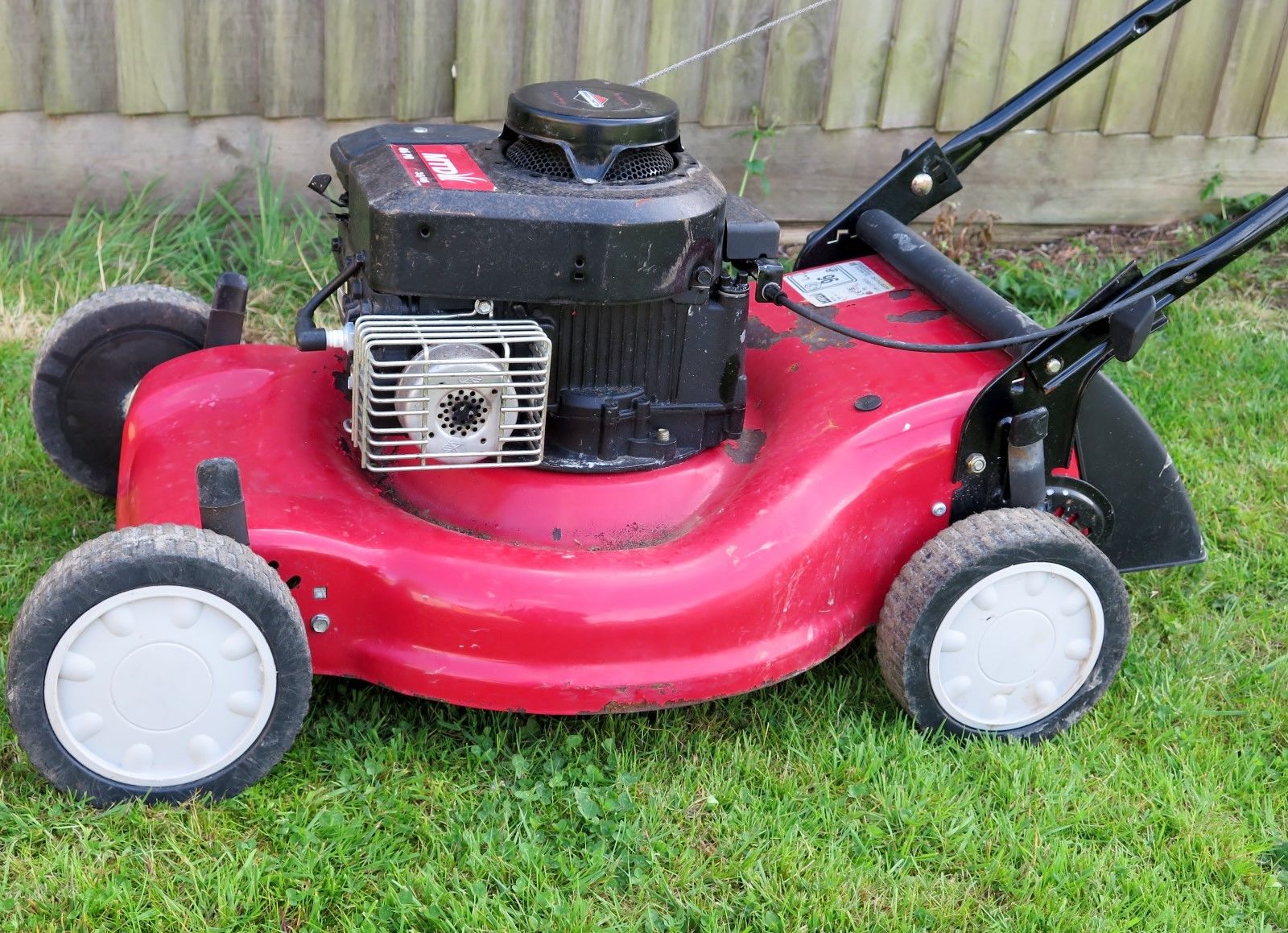Briggs & Stratton Push Mower Oil Change: Everything You Need to Know
Keeping your Briggs & Stratton push mower running smoothly requires regular maintenance, and one of the most essential tasks is changing the oil. A fresh supply of oil ensures proper lubrication, reduces engine wear, and extends the lifespan of your mower. In this guide, we'll walk you through the steps of changing the oil, discuss the appropriate oil type, and provide additional tips for optimal performance.

Why Changing Your Mower Oil Matters
Engine oil serves a critical function in your lawn mower. It lubricates the moving parts, minimizing friction and preventing excessive heat buildup. Over time, oil breaks down and becomes less effective, accumulating dirt and debris. This can lead to increased wear and tear on the engine, reduced fuel efficiency, and potentially even engine failure. Regular oil changes are crucial to avoid these problems and keep your mower operating at its best.
Understanding Oil Types for Briggs & Stratton Mowers
Choosing the right oil type is essential for the proper functioning of your Briggs & Stratton engine. The manufacturer recommends different oil types depending on the operating temperature:
- SAE 30: This is the most common oil type for small engines and is suitable for warmer temperatures (40°F and above).
- SAE 10W-30: This oil offers a wider temperature range and is a good choice for varying climates (0°F to 100°F).
- Synthetic SAE 5W-30: Synthetic oil provides excellent protection across a wide temperature range (-20°F to 120°F) and is ideal for both cold starts and high temperatures.
Briggs & Stratton has recently updated their recommendations to allow the use of synthetic 5W-30 or 10W-30 oil in all temperature ranges. They recommend using a high-quality detergent oil to ensure compliance with warranty requirements.
How to Change Your Briggs & Stratton Mower Oil
Materials Needed:
- Fresh oil (appropriate type for your climate)
- Oil drain pan
- Wrench or socket (to remove drain plug)
- Funnel
- Rags or paper towels
Steps:
- Preparation: Run the engine for a few minutes to warm up the oil, making it easier to drain. Then, turn off the engine and disconnect the spark plug wire for safety.
- Locate the Drain Plug: Tilt the mower on its side, ensuring the carburetor and air filter are facing up. Locate the oil drain plug underneath the mower deck.
- Drain the Oil: Place the drain pan under the drain plug and carefully remove the plug using a wrench or socket. Allow the oil to drain completely into the pan.
- Replace the Drain Plug: Once the oil has drained, clean the drain plug and its surrounding area. Reinsert the plug and tighten it securely.
- Add New Oil: Position the mower upright and remove the oil fill cap (often located on the top of the engine). Use a funnel to pour the correct amount of fresh oil into the fill hole. Consult your owner's manual for the specific oil capacity.
- Check the Oil Level: Replace the oil fill cap and use the dipstick to check the oil level. The level should be within the indicated range on the dipstick.
- Reconnect Spark Plug: Reattach the spark plug wire.
- Dispose of Old Oil: Dispose of the old oil responsibly at a recycling center or designated collection point.
Additional Tips:
- Change your mower oil at least once a year, preferably at the beginning or end of the mowing season.
- Check the oil level regularly throughout the season and top it off as needed.
- Consider using a Briggs & Stratton oil extraction kit for a cleaner and easier oil change process.
By following these steps and using the right type of oil, you can ensure that your Briggs & Stratton push mower remains in peak condition, providing you with reliable performance for years to come.
References:
-
Briggs & Stratton Oil Type and Capacity:
https://www.briggsandstratton.com/na/en_us/support/faqs/browse/mower-oil-type-and-capacity.html -
How to Do a Small Engine Oil Change:
https://www.briggsandstratton.com/na/en_us/support/videos/browse/how-to-do-a-small-engine-oil-change.html
Let me know if you'd like any adjustments or further details!
Post a Comment for "Briggs & Stratton Push Mower Oil Change: Everything You Need to Know"